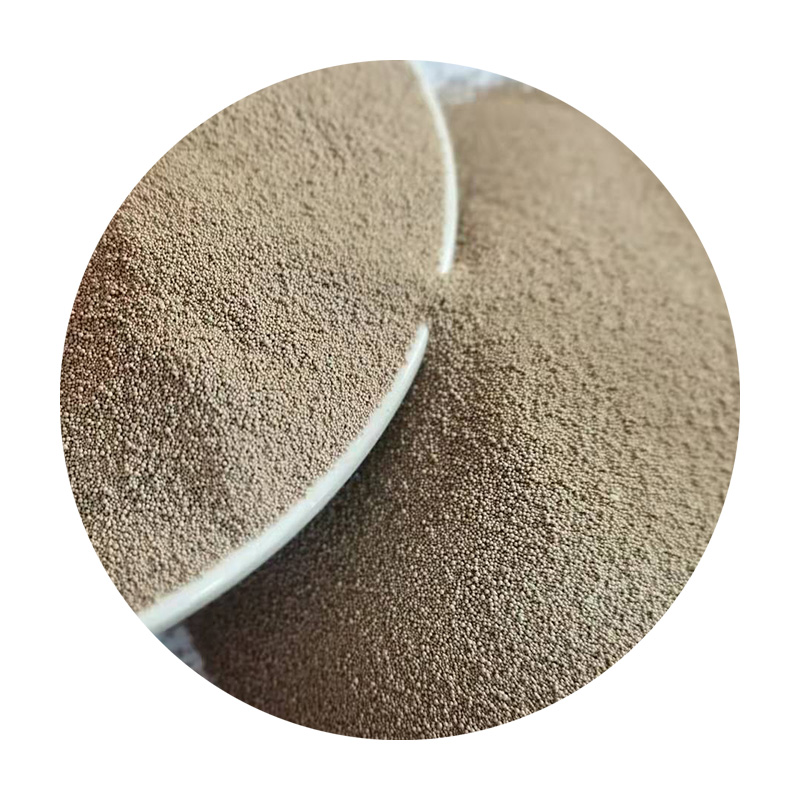The Future of Sand 3D Printing Revolutionizing Construction and Design
In recent years, 3D printing technology has made significant waves across various industries, transforming how products are designed and manufactured. One of the most exciting advancements within this realm is sand 3D printing, a technique that utilizes sand as a primary material for creating intricate and durable structures. As we delve into the world of sand 3D printing, we uncover its numerous applications, benefits, and potential challenges, shaping the future of construction and design.
Sand 3D printing operates by using a process called binder jetting, where a liquid binder is selectively sprayed onto layers of loose sand, creating a solidified structure layer by layer. This innovative technique can produce complex geometries that traditional construction methods struggle to achieve. The adaptability of sand as a material allows for bespoke designs tailored to meet specific requirements, which can be particularly beneficial in industries such as architecture, art, and engineering.
The Future of Sand 3D Printing Revolutionizing Construction and Design
Moreover, sand 3D printing presents a path to sustainability. By utilizing locally sourced sand, which is abundant in many regions, the industry can reduce the carbon footprint associated with transporting construction materials over long distances. Additionally, sand is a natural resource that can be easily recycled and reused, further contributing to sustainability efforts in construction.
sand 3d print

In the artistic arena, sand 3D printing has opened new avenues for creativity. Artists can experiment with form and design in ways that were previously unimaginable. This technology allows for the creation of intricate sculptures and installations that challenge conventional artistic boundaries. With the ability to produce highly detailed and customizable pieces, artists can bring their visions to life like never before.
Despite its numerous advantages, sand 3D printing does face several challenges. One particular concern is the strength and durability of the printed structures. While sand is an excellent material for designing complex shapes, it may not always provide the structural integrity required for larger constructions. As researchers and engineers continue to explore additive manufacturing techniques, they are investigating ways to enhance the mechanical properties of printed sand structures, potentially through the incorporation of binders that can improve strength without compromising the design flexibility that 3D printing offers.
Another significant challenge is the need for standardization and regulatory frameworks surrounding the use of sand 3D printing in construction. As the technology develops, there is an increasing need for guidelines that govern the safety and performance of sand-printed structures, ensuring that they comply with building codes and standards. Developing these regulations will be crucial in gaining widespread acceptance of sand 3D printing in the construction industry.
Despite these challenges, the future of sand 3D printing appears bright. As more industries recognize the benefits of this innovative technology, we can expect to see its continued adoption and refinement. With advancements in materials science and engineering, the capabilities of sand 3D printing will likely expand, allowing for even more ambitious projects and designs.
In conclusion, sand 3D printing is a revolutionary technology that stands to reshape the landscapes of construction and art. By harnessing the power of this technique, architects and artists can push the boundaries of design while contributing to a more sustainable future. As challenges are addressed and solutions are implemented, sand 3D printing will undoubtedly play a crucial role in the evolution of modern construction and design, paving the way for a new era of innovation.
Post time:നവം . 04, 2024 11:06
Next:cerabead sand
